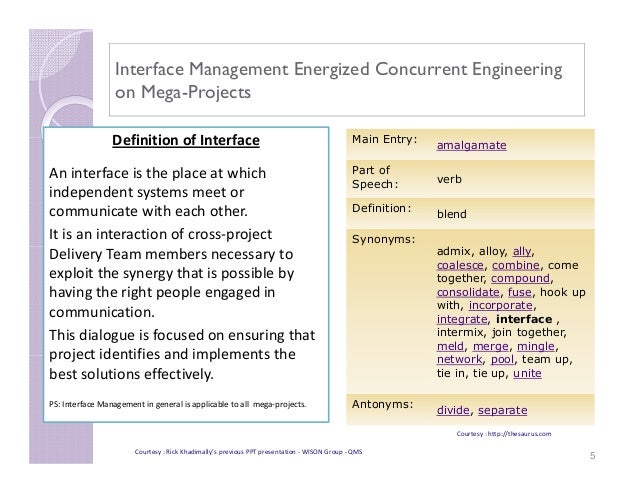Concurrent Engineering Definition
Concurrent Engineering is a branch of engineering that defines a process in which diverse stages run parallel during the design and development phase. It is counted in a long-term strategy that minimizes the development time but improves quality and productivity. It creates a suitable environment so that designing can be done in the first round instead of multiple design reworks. It is a new design management system that provides a well-designed approach to optimize engineering design cycles. The study can be implemented in different companies or universities including the aerospace industry.
Concurrent Engineering focuses on different development activities that define the properties of the product including their tolerances, draft angles, selection of material, and structural interfaces with mating components. One of the main advantages of using Concurrent Engineering is that it permits an organization to deliver the products in a short time frame and within the budget. It also allows the workers to discover production issues in earlier phases that lead to improved and high-quality end products.
As a number of projects go simultaneously thus the workers can focus on the whole project rather than on a single area.
Photo by: AKS Concurrent engineering is a method by which several teams within an organization work simultaneously to develop new products and services. By engaging in multiple aspects of development concurrently, the amount of time involved in getting a new product to the market is decreased significantly. In markets where customers value time compression, fast-cycle developers have a distinct advantage. Additionally, in many high-technology areas such as electronics and telecommunications, product-technology performance is continuously increasing and price levels are dropping almost daily. In such areas, a firm's ability to sustain its competitive edge largely depends on the timely introduction of new or improved products and technologies. More and more, the time parameter makes the difference between mere survival and substantial profit generation.
Social Engineering Definition
Concurrent engineering is a key method for meeting this need of shortening a new product's time-to-market. SEQUENTIAL NEW PRODUCT DEVELOPMENT In the past, commercial success was practically guaranteed for companies that could design, develop, and manufacture high-quality products that satisfied real needs at competitive prices.

Describe Concurrent Engineering

However, beginning in the early 1990s this traditional formula radically changed as time-to-market became a vital component of commercial success. Studies have demonstrated that being a few months late to market is much worse than having a 50 percent cost overrun when these overruns are related to financial performance over the lifecycle of a new product or service. In other words, time has become a key driver of competitive success, from design and development to the actual launch of a new product or service. Traditional project planning and execution has been marked by the definition of objectives and mile-stones. These goals are met through a progression of networked activities, some of which must be performed sequentially, others of which may be conducted in parallel. Planning techniques such as Program Evaluation and Review Technique (PERT), Graphical Evaluation and Review Technique (GERT), and Critical Path Method (CPM) have been used to support this sequencing of tasks and activities. However, until the beginning of the 1990s time compression was not a major issue in the new product development environment.
Concurrent engineering (CE) has emerged as discipline to help achieve the. CE means that the design and development of the product, the associated. See more synonyms for concurrent on Thesaurus.com. Occurring or existing simultaneously or side by side: concurrent attacks by land, sea, and air. Acting in conjunction; cooperating: the concurrent efforts of several legislators to pass the new law. Having equal authority or jurisdiction: two concurrent courts of law.